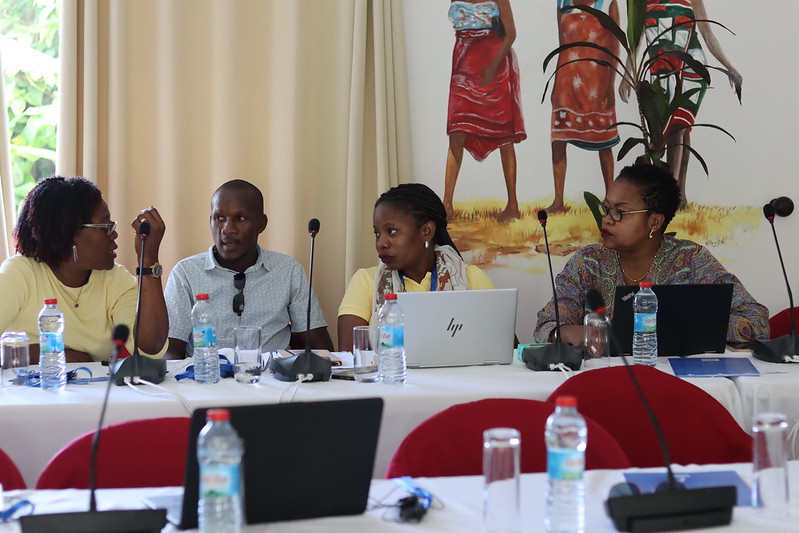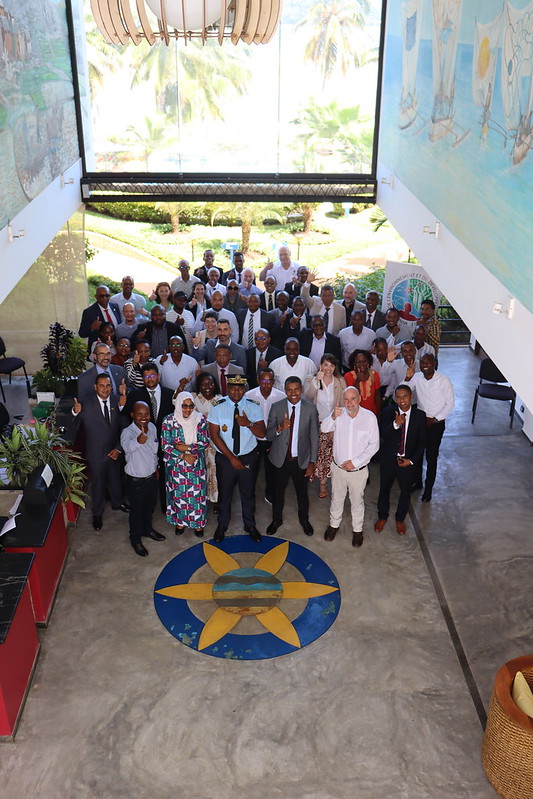Tackling Marine Pollution in the Western Indian Ocean
The threat of major oil spills poses a serious risk to the ecosystems and coastlines of coastal States worldwide. Experience shows that preparedness is key for a rapid and effective response to such spills. The Western Indian Ocean (WIO) region is particularly vulnerable due to oil pollution from ships, oil exploration, and transportation. These spills can cause significant ecological and economic harm. The grounding of MV Wakashio in Mauritius showcased the challenges of significant marine oil spills, highlighting the urgency for strengthened regional cooperation and preparedness.
Experts and policymakers from across the WIO region have taken significant strides towards finalizing a Regional Contingency Plan (RCP) aimed at enhancing preparedness and response to major marine pollution incidents. Participants from governments, regional bodies, and international organizations within the Nairobi Convention framework met in Nosy Be, Madagascar, in this event hosted by Madagascar and chaired by Tanzania.
There is increased risk of marine pollution (in the WIO), especially from oil tankers high-density traffic through South Africa, Southern Madagascar, La Réunion Island, Mauritius, the Mozambique channel and the Maldives. Capt. RALAIARIVONY Alex, Director Regional Maritime Information Fusion Center (CRFIM)
The objective of the three-day workshop was to refine and finalize the Regional Contingency Plan, intended to guide collective regional efforts in combating oil spills and marine pollution incidents. This initiative aligns with the Nairobi Convention’s Decision CP 11/12.5, adopted at the Eleventh Conference of Parties (COP11) in 2024, mandating enhanced regional cooperation in pollution preparedness and response.

In her opening remarks, meeting Chair Ms. Farhat A. Mbarouk, Vice President’s Office, Tanzania mentioned that “the Western Indian Ocean is confronting increasingly complex threats, which is why the Regional Contingency Plan matters.” Dr. Tim Andrew, Nairobi Convention Secretariat, highlighted the importance of the Plan, noting, “The finalized Regional Contingency Plan is crucial for enhancing regional ocean governance and enabling swift cooperation between nations during marine emergencies.”
In his opening remarks, the Governor of Diana Region, Madagascar, Mr. Taciano Rakotomanga echoed the significance of the finalized Plan for Madagascar specifically, noting that “Madagascar is guardian to a vast exclusive economic zone, and with half of its population living along the coast, fisheries are a lifeline. Early detection of marine pollution incidents and community‑led action, together with regional partnership, are essential for livelihoods and marine and coastal ecosystems.”
Participants discussed frameworks for international and regional cooperation, noting significant progress on the ratification and implementation of international maritime conventions such as the Oil Pollution Preparedness, Response and Cooperation Convention (OPRC). In the region, only Somalia is yet to ratify this Convention, but its intention to do so was clearly expressed during the meeting.
Contracting Party representatives shared updates on national capabilities and preparedness. There was consensus on the importance of a regional mechanisms integrating seamlessly with existing national frameworks to maximize efficiency in emergency response.
“After the MV Wakashio incident, Mauritius learned that the window for response is narrow; planning and training must be proactive, not reactive,”- Bhawani Bundhun Mauritius’, Risk Crisis and Disaster Management Expert, Mauritius Ministry of Environment.
The workshop also underscored the region’s changing risk profile, driven by shifting maritime routes and evolving industry practices due to piracy threats and maritime sector decarbonization efforts.
Regional and international partners, including the Indian Ocean Commission, the International Maritime Organisation (IMO), the Regional Coordination Operations Centre (RCOC), the Regional Maritime Information Fusion Center (CRFIM), Norwegian Oceans for Development Programme, UNEP World Conservation Monitoring Centre, and the Ocean Country Partnership Programme, presented collaborative initiatives, highlighting ongoing efforts and future contributions towards strengthening regional response capacities in the WIO. The meeting further highlighted the dynamic and evolving risk profile of the region, driven by changing maritime routes due to piracy threats and the maritime sector’s ongoing decarbonization.

A milestone ahead is an upcoming regional marine pollution simulation exercise, dubbed MASEPOLREX 2025, to be held in July 2025 in Mombasa, Kenya, which will practically test the RCP’s efficacy. Additionally, the Ocean Country Partnership Programme will host a symposium in Madagascar later this year, providing further opportunities for refinement ahead of the twelfth Conference of Parties to the Nairobi Convention (COP 12), where the RCP is expected to be presented for adoption and subsequent implementation.
In her closing remarks, the Chair reaffirmed the region's commitment stating that “together we can ensure a healthier, safer, and more sustainable Western Indian Ocean.”
The finalized Regional Contingency Plan, while non-binding, represents a collaborative effort for the region, positioning WIO states to effectively respond to marine pollution threats, protecting its critical ecosystems and economies dependent on a healthy ocean.
For more information about this initiative, contact Dr. Tim Andrew.
Words by Melisa Wandia
About the SAPPHIRE Project
The SAPPHIRE project promotes policy and institutional reform to help improve the management of the Western Indian Ocean Large Marine Ecosystems (LMEs). It builds capacity among governments, communities, partners, intergovernmental organizations and the private sector in sustainable resource management and ocean governance. It is funded by the Global Environment Facility, implemented by UNDP, and executed by UNEP-Nairobi Convention.



